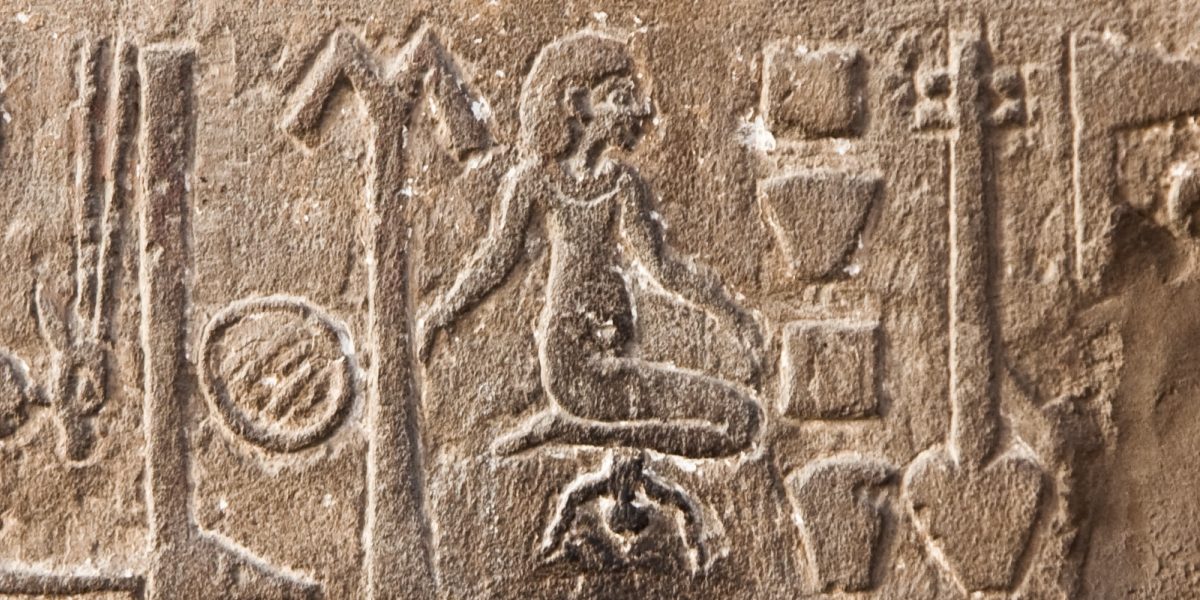Ancient records and relics suggest that upright birthing positions, such as kneeling, squatting, sitting, and standing, were the predominant method of childbirth throughout human history. Moreover, a 1961 study found that only 14 of 76 existing traditional cultures assumed dorsal positions during childbirth. However, upright childbirth was largely abandoned in the West during the medicalization of labor and delivery between the 14th and 16th centuries. The shift from upright to horizontal birthing norms is largely attributed to the French physician François Mauriceau. In his book, The Diseases of Women with Child and in Child-Bed, he advocated for the semi-recumbent birthing position, whereby the laboring mother lays on her back with her head and shoulders slightly raised (Dundes, 1987). Today, this standard is generally undisputed among physicians and expectant mothers in Western nations. However, experts argue that this norm is largely rooted in interventional convenience and is perpetuated by modern technologies such as continuous monitors and anesthetics, which constrain movement. Here, an examination of clinical and biomechanical data sheds light on the complexities surrounding this topic.
Continue reading “Biomechanical and Historical Insights into Birthing Position”Author: chickham
arthritis balance bio-inspired design bone brain cartilage climbing extreme conditions feet flying animals growth and development hands healing heart and the cardiovascular system humans impact insects joints jumping land animals lungs and the respiratory system marine animals material science medicine muscle other injury other sports pain plants predation prevention prosthetics recovery and rehabilitation robots running skin spine and back sports injury strength training surgery swimming technology tendons and ligaments treatment walking
